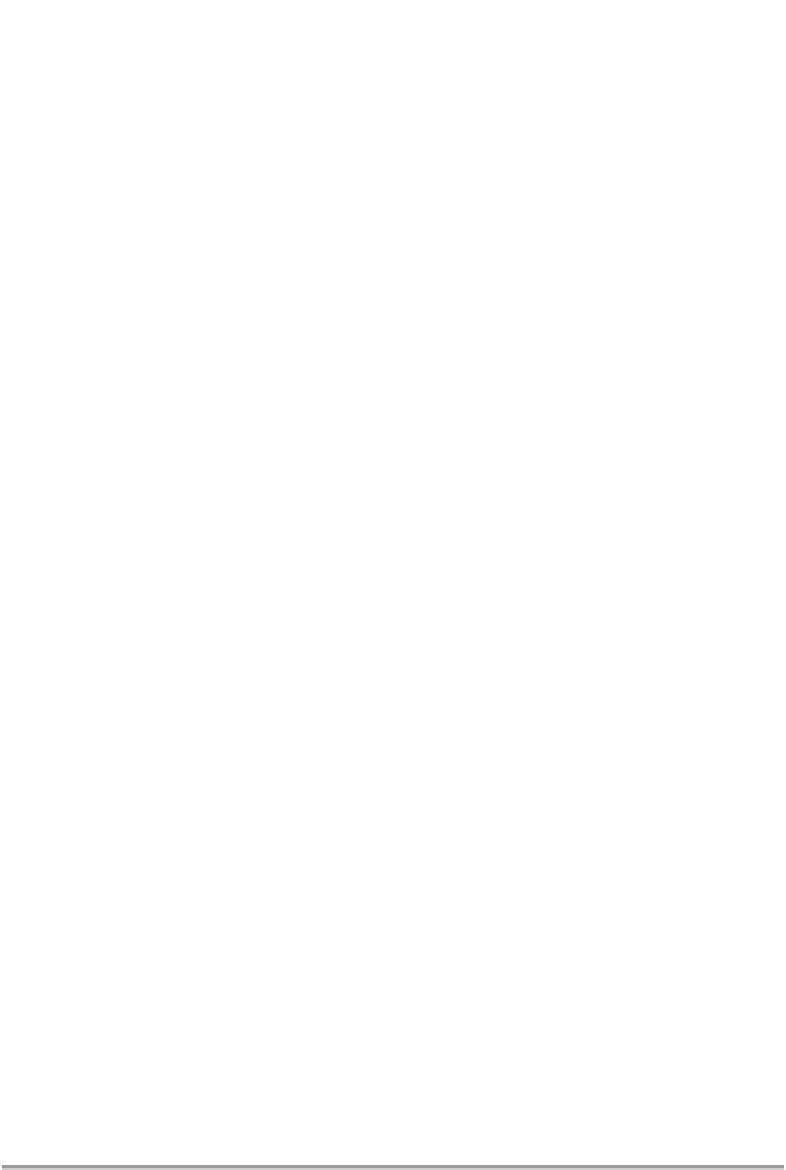Civil Engineering Reference
In-Depth Information
19
Impregnating agents, and
how to avoid them
Organic materials are easily attacked by insects and fungus in damp situations.
In northern Europe, six types of insects can damage timber buildings (see Table
19.1). Fungus is a type of lower plant species which lacks chlorophyll. Many
fungi attack buildings, especially the timber in buildings. They can be divided
into two main groups, discolouring fungi and disintegrating fungi. Discolouring
fungi give timber a superficial discoloration, without decreasing its strength.
Disintegrating fungi attack the cell walls in timber and destroys the wood.
Spores from disintegrating fungi are ubiquitous. They drift around with the
wind in the same way as pollen, and attach to everything. These fungi have very
important functions. They belong to nature's renovating corps, their main oper-
ation being the breakdown of dead organic material, which regrettably includes
many building materials. The optimum conditions for this phenomenon relate to
Table 19.1:
Vermin
Type
Comments
House longhorn beetle (
Hylotrupes bajulus
)
Does not attack heartwood in pine
Carpenter ants (
Camponotus herculeanus
)
Does not live on wood, but uses it as its home and
lays eggs, even in pressure-impregnated wood
Common furniture beetle (
Anobium
punctatum
)
Prefers a temperature of 20-25°C and a relative
humidity of 50%, only found in coastal areas
Woodworm (
Dendrobium pertinax
)
Attracted to wood that has already been attacked
by fungus
Violet tanned bark beetle (
Callidium violaceum
)
Dependent on bark left-overs for its survival
Bark borer (
Ernobius mollis
)
Dependent on bark for its survival



